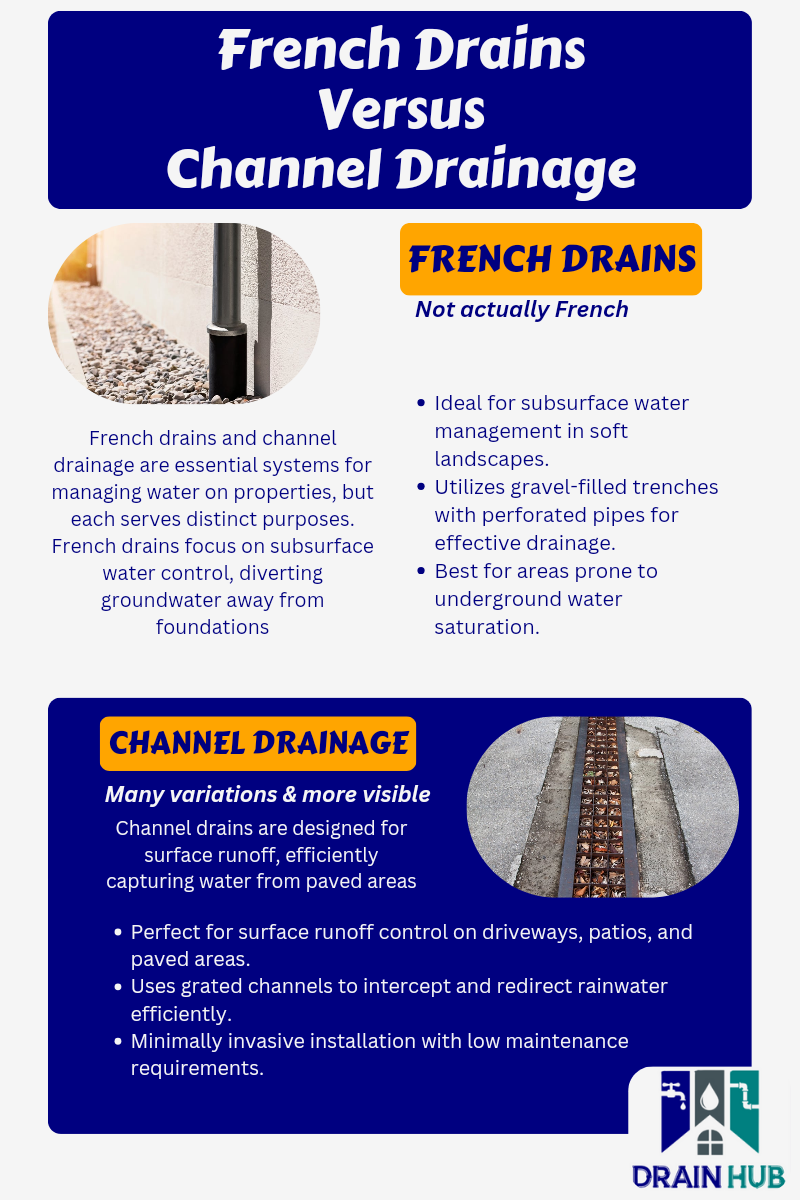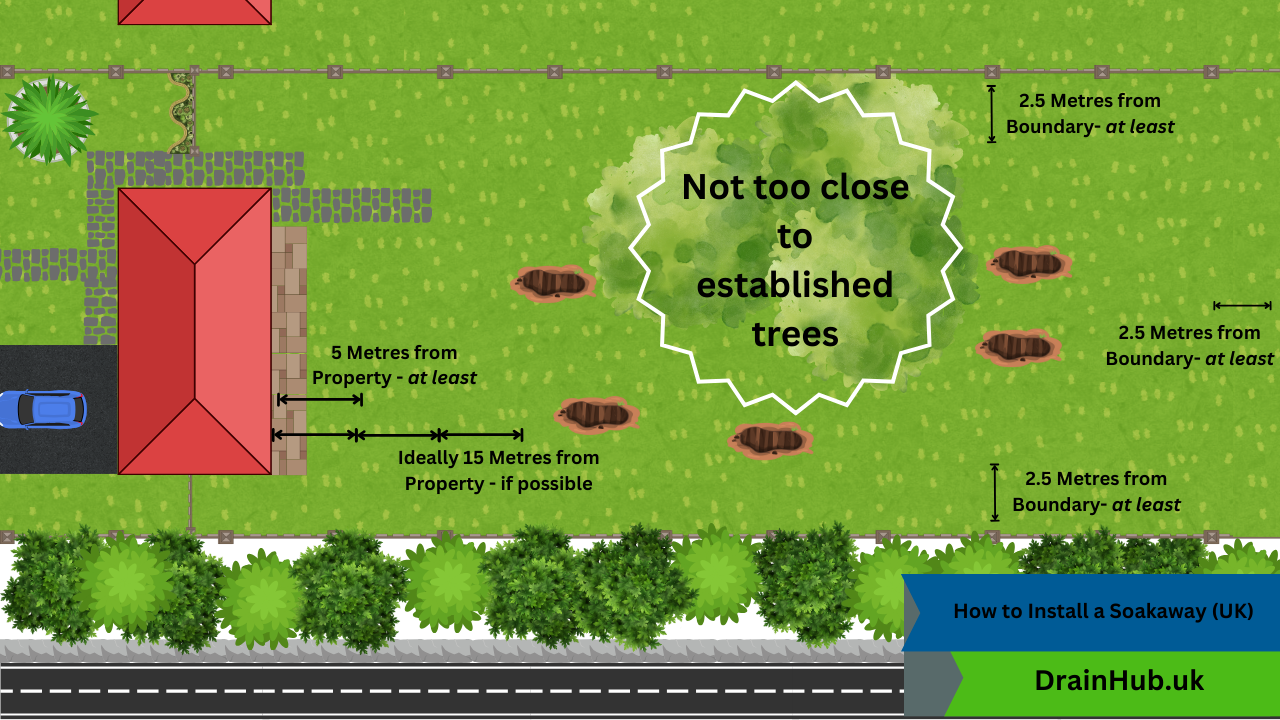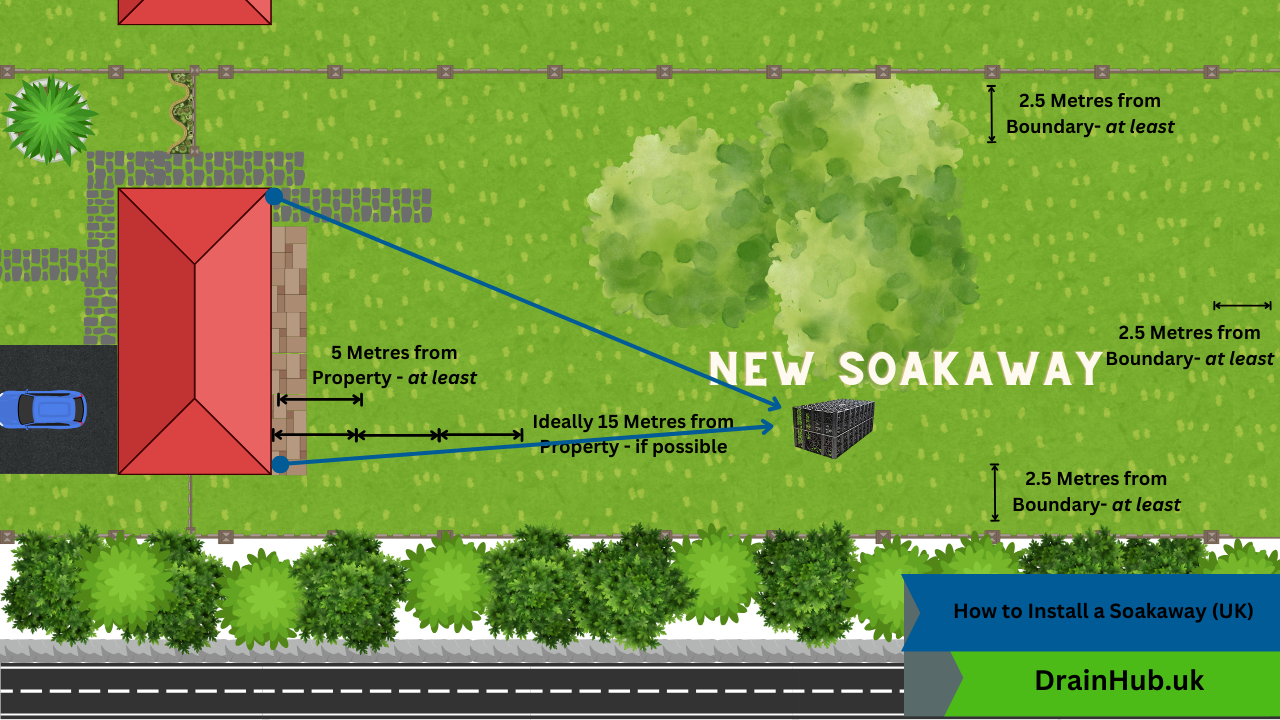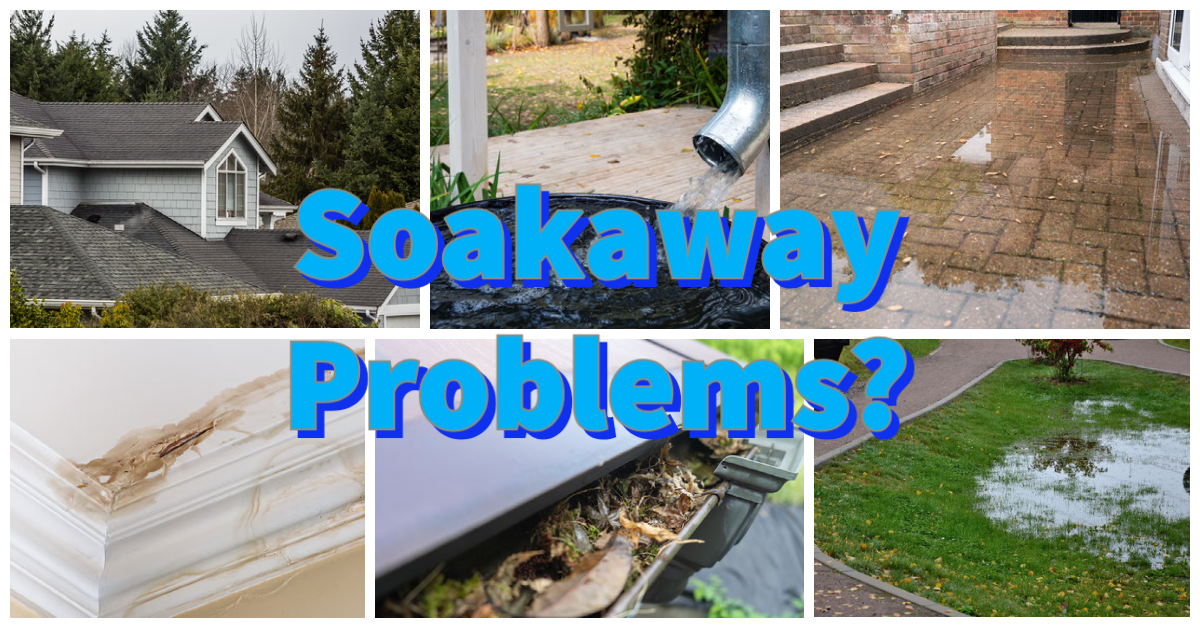Category: External Drain Care
-

French Drains versus Channel Drainage
What’s the difference? Fundamentally, both are effective ways of moving surface water (rain water from above, sub surface water from below or a combination of both). Managing water flow on your property is crucial to protect against damage, safeguard structures, and maintain a safe environment. Whether you’re dealing with surface runoff or groundwater buildup, selecting
-
Cesspits, Septic Tanks and Treatment Plants
This is a general guide on these drainage features, with the aim of helping you understand the functioning and purpose of these aspects of your property. There have been significant changes in recent years and you may need to update your sewage system and/or apply for a permit, depending on your circumstances.Check out these changes
-

Soakaways and other Surface Water Drainage
Knowing how surface water, or rainwater, is dealt with on your property or a property you are working on, can help immensely with dealing with flooding, leaks, or even damp and mold issues. But it’s important to also know what the rules and regulations are to make sure any changes you make are legal and
-
Recent Septic Tank and Sewage Treatment Plants: What you need to Know
There have been many changes in recent years, beginning with new rules rolled out in 2015, which required some property owners to upgrade their drainage systems over the next two years – under General Binding Rules (GBR’s), covering domestic sewage treatment plants and septic tanks. With the aim to eliminate or reduce the amount of
-

How Long Should a Soakaway Take to Drain?
This obviously depends on many individual factors to do with location, design and age, but generally, soakaways should have drained within 24hrs. This is the time for the soakaway itself to drain; if your rainwater drainage is taking longer to dissipate from the ground or gutters, there may be problems between the drain and soakaway.
-

Drainage Interceptors
Generally used for rainwater systems in car parks and areas where there are heavy amounts of vehicle traffic, interceptors are multi stage chambers used for separating contaminants, both solids and fluids, before the rainwater can move along to its downstream destination; this could be a watercourse of mains drainage system. It’s extremely important to maintain
-

Percolation Tests
A percolation test, sometimes referred to as a “Perc Test,” should be the first step to checking an area will be suitable for installing a soakaway or drainage field. It may sound like a big or complicated thing to do, but all it is a hole in the ground in which you fill with water
-

How To Install a Soakaway -UK Guidance
If you decide a new soakaway is needed for your property; or maybe you have been asked about installing one for someone else, here are some quick pointers before we get started. As with most things, there are pros and cons to installing a soakaway yourself or paying a contractor to do it for you…
-

Pipe Scale – How To Deal With It
Do you often grapple with slow draining sinks or clogged toilets in your home? The culprit could be pipe scale, an accumulation of minerals and other substances over time. This guide will show you through understanding the problem, its effects on your plumbing system, and effective strategies for prevention and removal of this menace. Be
-

Soakaway Problems: Causes, Symptoms, and Solutions
Ever wondered where the water from your roof, gutters or floor gullies run to? Realistically, depending on where you live in the UK, the age of your property and other factors, there are three end points for the rain water from your property: Main Sewer Quite often, rain water drains end up flowing into the
